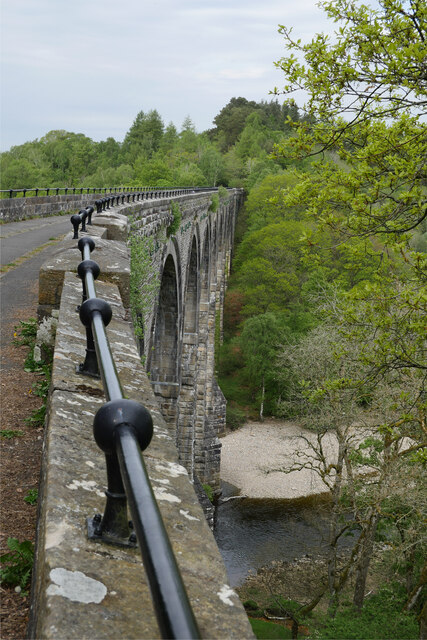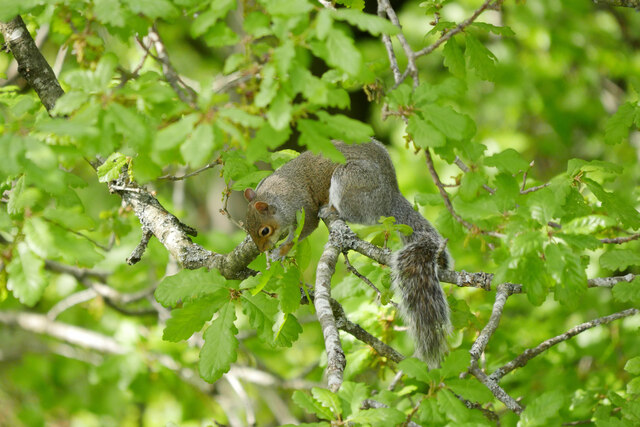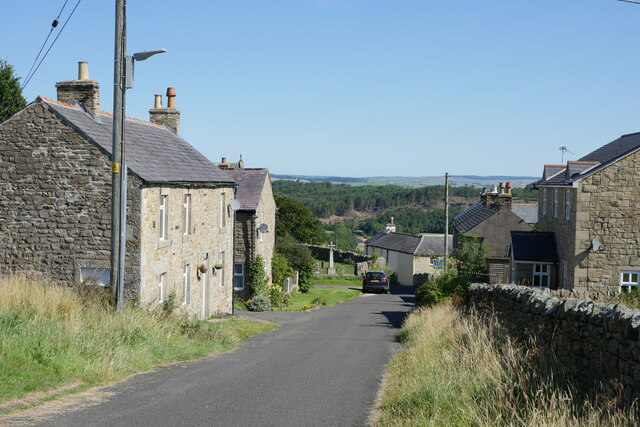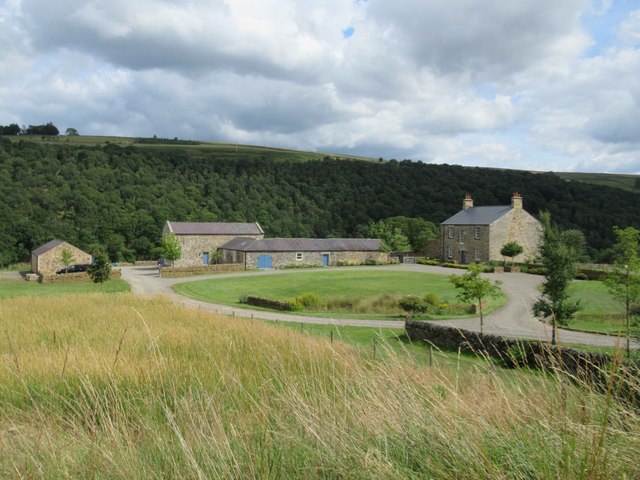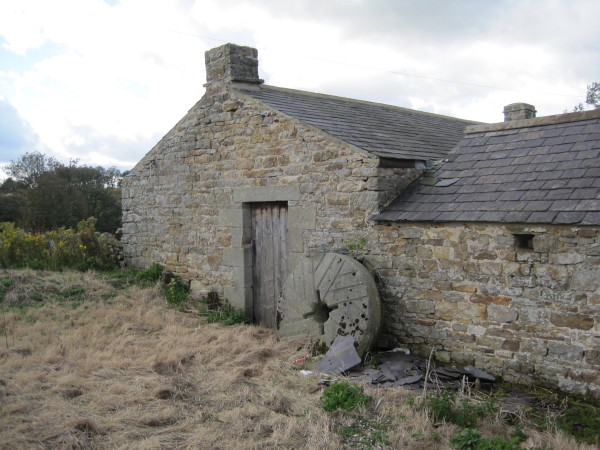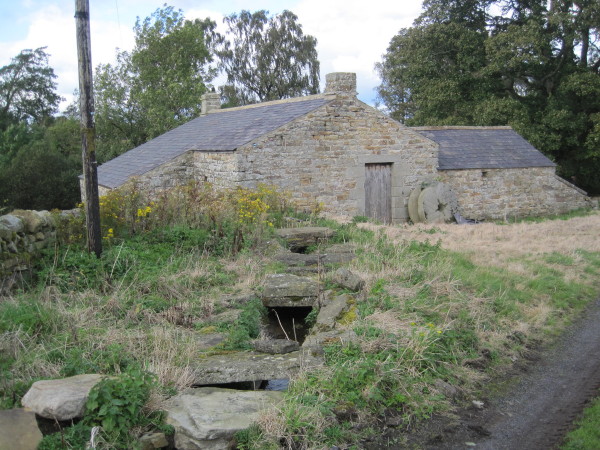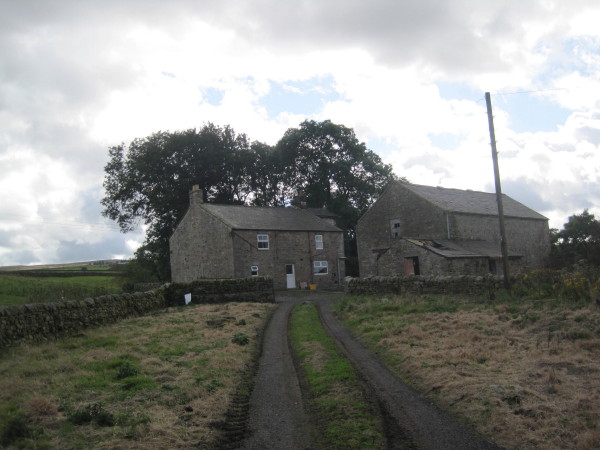Beaconhill Plantation
Wood, Forest in Northumberland
England
Beaconhill Plantation
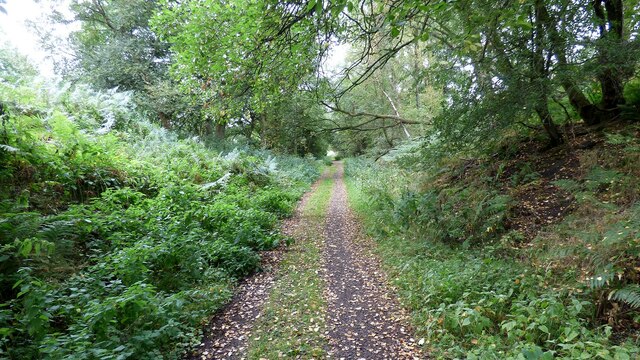
Beaconhill Plantation, located in Northumberland, is a sprawling estate encompassing a vast area of wood and forest. Situated in the northeastern part of England, this magnificent plantation is renowned for its natural beauty and rich biodiversity.
The woodland at Beaconhill Plantation is characterized by a variety of tree species, including oak, beech, pine, and birch. These towering trees create a dense canopy, providing shelter for numerous wildlife species that call this area home. The forest floor is adorned with a diverse array of flora, from vibrant wildflowers to delicate ferns, creating a picturesque landscape.
The plantation offers a range of activities for nature enthusiasts and outdoor adventurers. Visitors can explore the numerous walking trails that wind through the woodland, immersing themselves in the tranquil environment. The plantation also boasts a network of cycling paths, allowing cyclists to appreciate the scenic beauty of the area while enjoying a leisurely ride.
Wildlife enthusiasts will be delighted by the abundance of animal species that inhabit Beaconhill Plantation. Red squirrels, badgers, and a variety of bird species, including woodpeckers and owls, are frequently spotted throughout the woodland. The plantation is also home to a population of roe deer, adding to the charm and allure of the natural surroundings.
In addition to its natural attractions, Beaconhill Plantation offers picnic areas and facilities for visitors to relax and enjoy the peaceful ambiance. The estate is well-maintained, ensuring a pleasant experience for all who visit.
Overall, Beaconhill Plantation in Northumberland is a haven for nature lovers, offering a captivating blend of wood and forest that showcases the beauty and diversity of the region's natural landscape.
If you have any feedback on the listing, please let us know in the comments section below.
Beaconhill Plantation Images
Images are sourced within 2km of 54.919673/-2.4886124 or Grid Reference NY6858. Thanks to Geograph Open Source API. All images are credited.
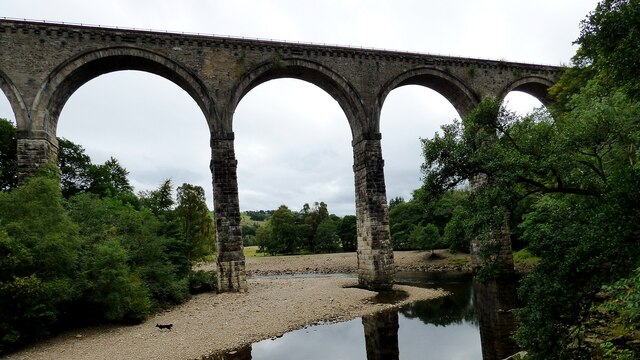
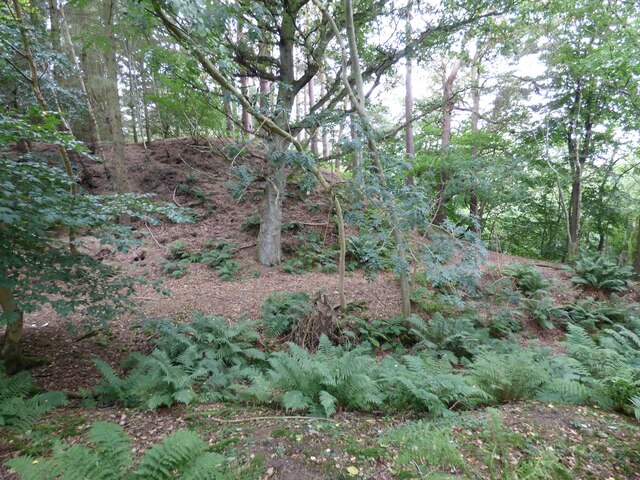




Beaconhill Plantation is located at Grid Ref: NY6858 (Lat: 54.919673, Lng: -2.4886124)
Unitary Authority: Northumberland
Police Authority: Northumbria
What 3 Words
///leathers.magnetic.invisible. Near Greenhead, Northumberland
Nearby Locations
Related Wikis
Coanwood
Coanwood is a village in Northumberland, England, and is part of the Parish of Haltwhistle. It is about four miles (6 km) to the south-west of Haltwhistle...
Coanwood railway station
Coanwood was a railway station on the Alston Branch Line, which ran between Haltwhistle and Alston. The station, situated 4 miles (6 km) south-west of...
Lambley, Northumberland
Lambley, formerly known as Harper Town, is a village and former civil parish, now in the parish of Coanwood, in Northumberland, England about four miles...
Lambley railway station
Lambley was a railway station on the Alston Branch Line, which ran between Haltwhistle and Alston. The station, situated 4+3⁄4 miles (8 km) south-west...
Have you been to Beaconhill Plantation?
Leave your review of Beaconhill Plantation below (or comments, questions and feedback).

